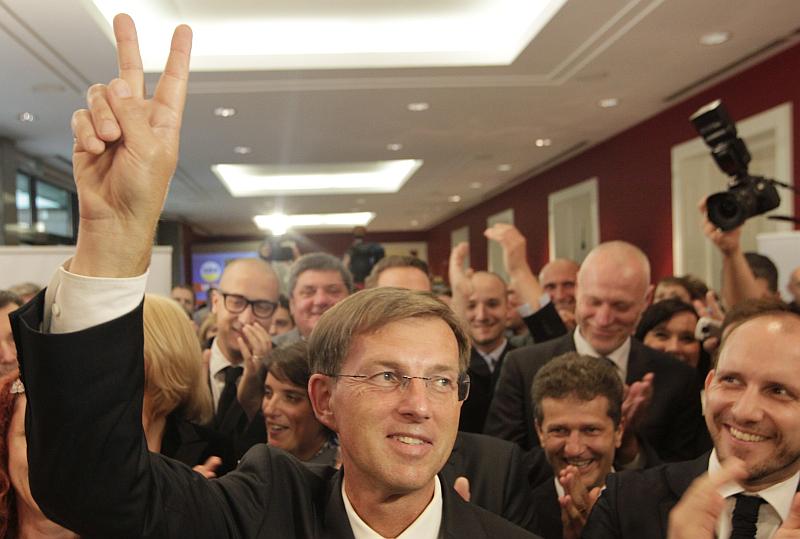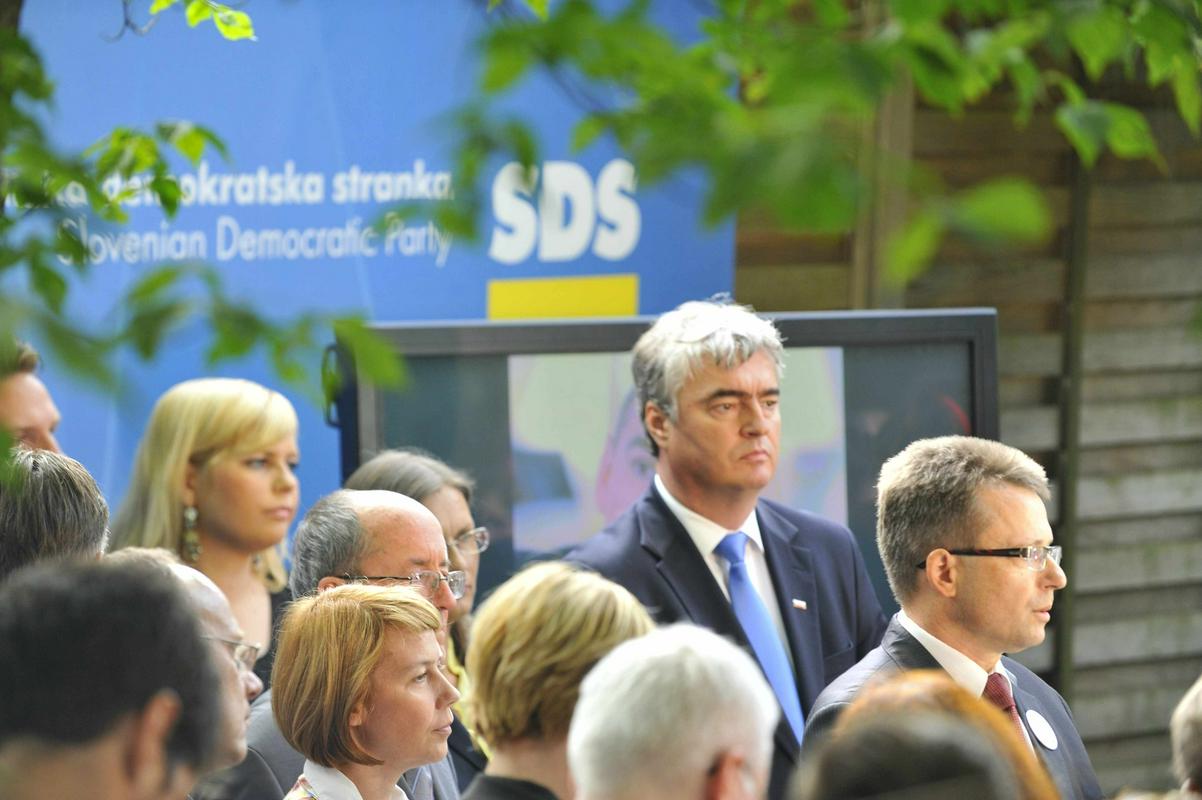
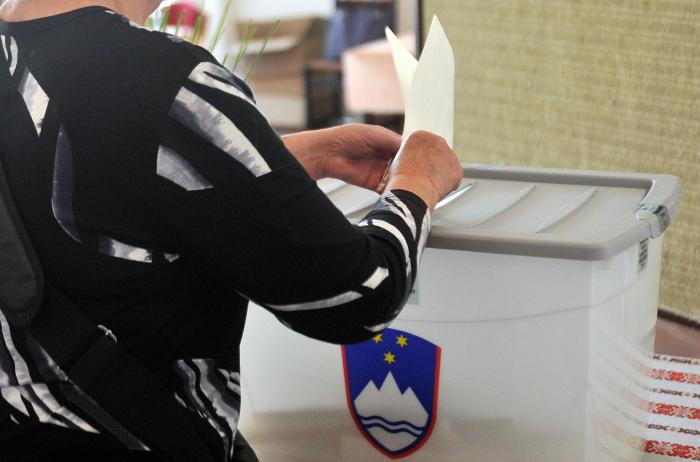
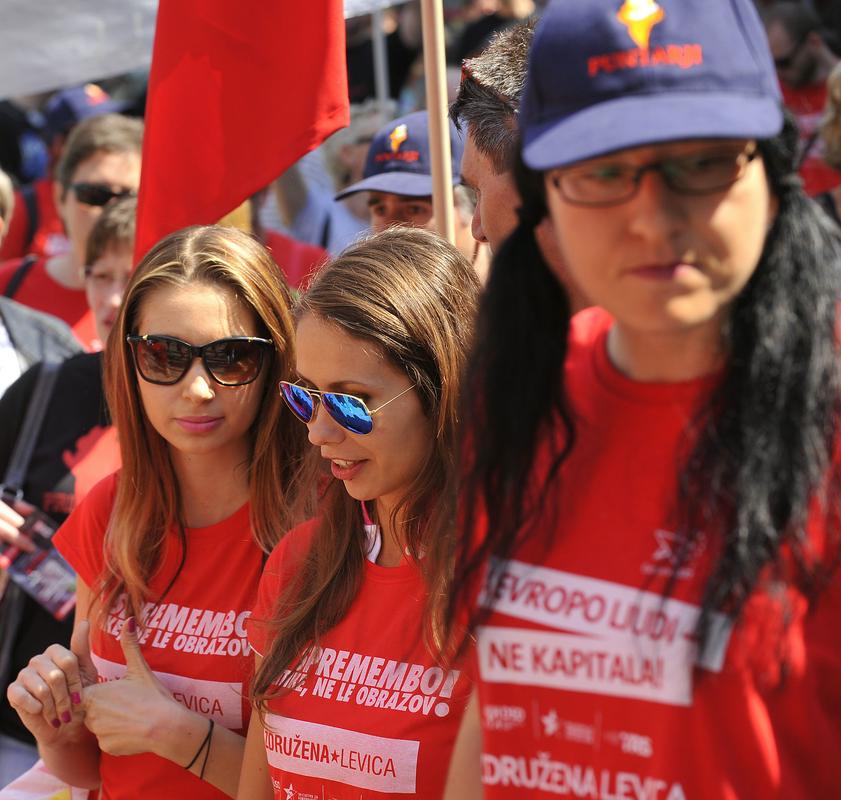
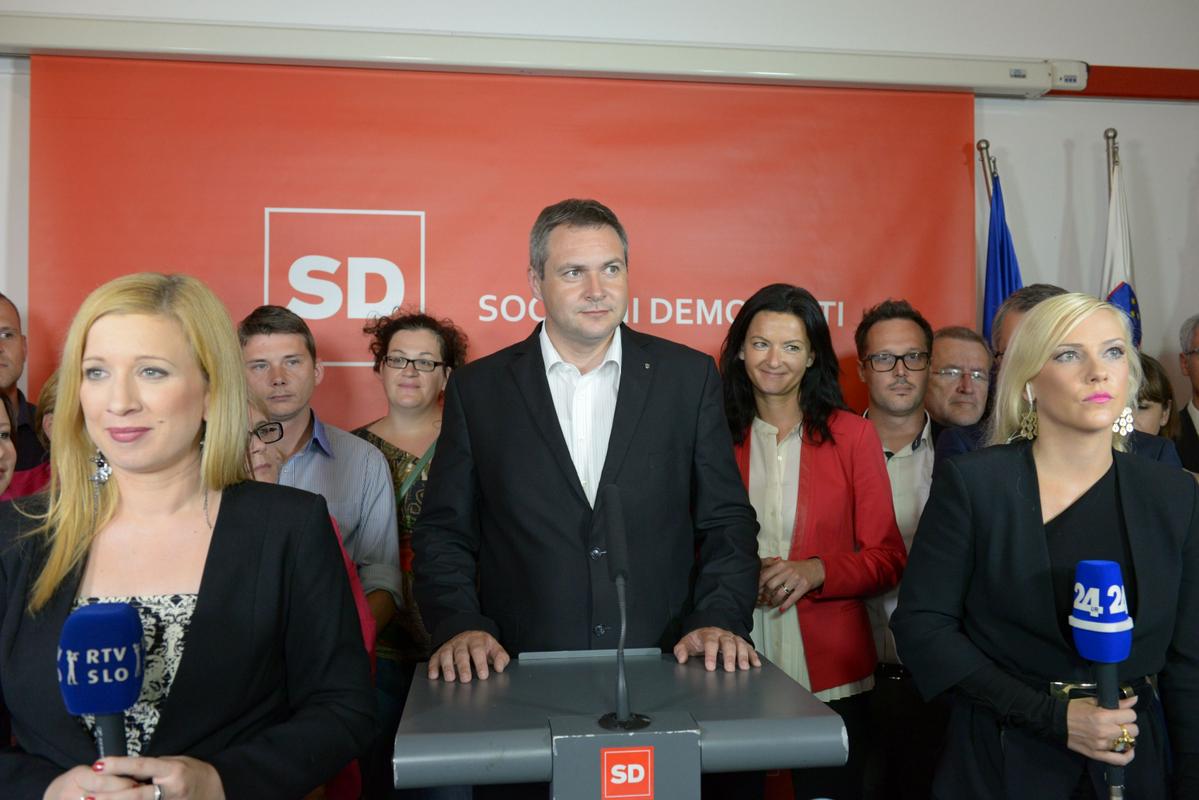
The Mediana Agency at the parallel elections followed not only the mood of the voters and their preferences at the snap elections. Those participating at the parallel elections were also asked about their age, gender, and who they voted for at the snap elections in 2011.
Where did the deflected votes go?
A number of established parties suffered defeat at these snap elections. SDS Party achieved the worst percentage since the elections of 2000, when the party received less than 16% of the votes (this time 20.67%).
SD Party, the winner of the elections of 2008 with 30.45% of the votes, after six years managed to convince less than six percent of the voters who cast their ballots. The oldest Slovenian Party SLS the popularity of which has been diminishing since the elections of 2000 will probably remain outside the Parliament – it seems only a couple of hundreds of votes will be missing.
DeSUS Party, another of the so-called old parties, went one step up: in 2004 they almost remained outside the National Assembly (with only 4.04%), while this time they managed for the first time to cross the boundary line of 10 percent (10.23%).
SDS convinced few of the voters of other parties
Mediana inquired also about the parties those participating at the parallel elections had voted for at the previous elections. The voters of the victorious SMC party in 2001 had mostly voted for the PS Party (29.4%) and for SD Party (25.5%). 9.6 percent of the respondents voted for another, unnamed party, nine percent for Civic list (DL), 8.3% for DeSUS Party, and 5.9% for SDS Party.
SDS managed to convince only a bit more than 15 percent of the voters who had in the past voted for other parties, as 84.5 percent of the voters at these elections had voted for the same party at the previous elections as well. They received most of the votes from the voters who had voted for NSi (3.8%).
DeSUS got most of the new votes from those who at the 2011 elections had supported SD (6.9%) and PS Party (5.1%). 77.4% of their voters said they had voted for the same party at the previous elections.
ZL took over the SDS voters
The United Left (ZL) was the biggest surprise of these elections. They received 5.97% of all votes. Those who this time voted for ZL had given their votes at the previous elections to PS Party (28.6%), SD Party (25.2%), TRS Party which had joined the ZL Party (11.8%), to Civic List (6.7%) and SDS Party (5.9%).
SD Party fared similarly as SDS Party, as the number of voters who deserted them was much larger than the number of the new voters they managed to convince. The largest number of new votes came as a consequence of the catastrophic voting result of the previous elections victorious party, PS Party led by Jankovič (7.8%).
NSi Party managed to improve their result by one place in the Parliament, attracted most new voters from those who had voted for SDS Party at the previous elections (17.6%), and for Civic List and SLS Party (4.5%).
The ZaAB Party, the smallest parliamentary party at this time, got most of the votes from the former voters for SD Party (34%) and PS Party (33,4%), and a couple of percent of voters who deserted DeSUS, LDS, Civic List and SDS parties.
A number of votes were lost due to small participation at the elections
The analysis of migrations among the parties was made by the marketing, consulting and research company Valicon, based on two surveys with 1,127 respondents. The results were published by one of the founders of the company, Zenel Batagel, in his blog.
Valicon thus established that one of the main reasons for the defeat of some of the parties was the abstinence of their voters, mostly voters for PS, SDS and SD parties.
Their data showed that SMC attracted votes of all the other parties, mostly from the voters who had previously voted for PS, and those who did not vote at the last elections. Some of the voters for SDS changed their alliances as well.
SD Party lost most of the votes due to abstinence of their former voters, and on account of SMS Party. Not many voters for the SD migrated to the United Left Party.
The SDS electorate was not as solid as presumed
SDS and NSi noticed the exchange of voters going both ways. "The situation with SDS is especially interesting, as their electorate was considered faithful. Their loyalty is obviously shaken. This time quite a number of them stayed at home (which is the main reason for the failure), and even worse, some of them voted for SMC," Batagelj established.
Valicon also noticed quite a lot of tactical voting, as 46 percent of the SMC voters, and 22 percent of the SDS voters explained that they simply voted in favour of the chosen party in order to prevent the victory of "the other side". Most of the voters found the confrontations more convincing than the programmes of the parties.
The young for the United Left, the oldest for DeSUS
The data on the age of those participating at the Mediana parallel elections showed that from the parties which managed to cross the parliamentary threshold the largest number of votes of the young voters (18 to 24 years) went to the United Left. The ZL Party received 14.4 percent of all votes from this age group. The other parties only received a couple of percent from this age group.
The younger voters (25 to 44 years) constituted the main electorate of the United Left, and a large number of their votes, i.e. approximately 30%, went also to SMC, SD and ZaAB parties. The largest percentage all the parties received, with the exception of the United Left, came from the voters aged between 45 and 64 (most of their votes went to DeSUS, SDS and SMC). The oldest voters, of 65 years and over, contributed to the voting result of DeSUS (43.8%), SDS (25.4%), SD (23.8) and NSi (23.2%).
SDS is the only 'male' party
Among the parties which managed to enter the parliament only SDS received more male than female votes – 51.7% votes were from male, and 48.3% from female voters. ZaAB (59.5% of all votes), NSi (58.3%) and DeSUS (58.3%) received the largest part of the votes of female voters.
Gregor Cerar
Translated by G. K.




















































